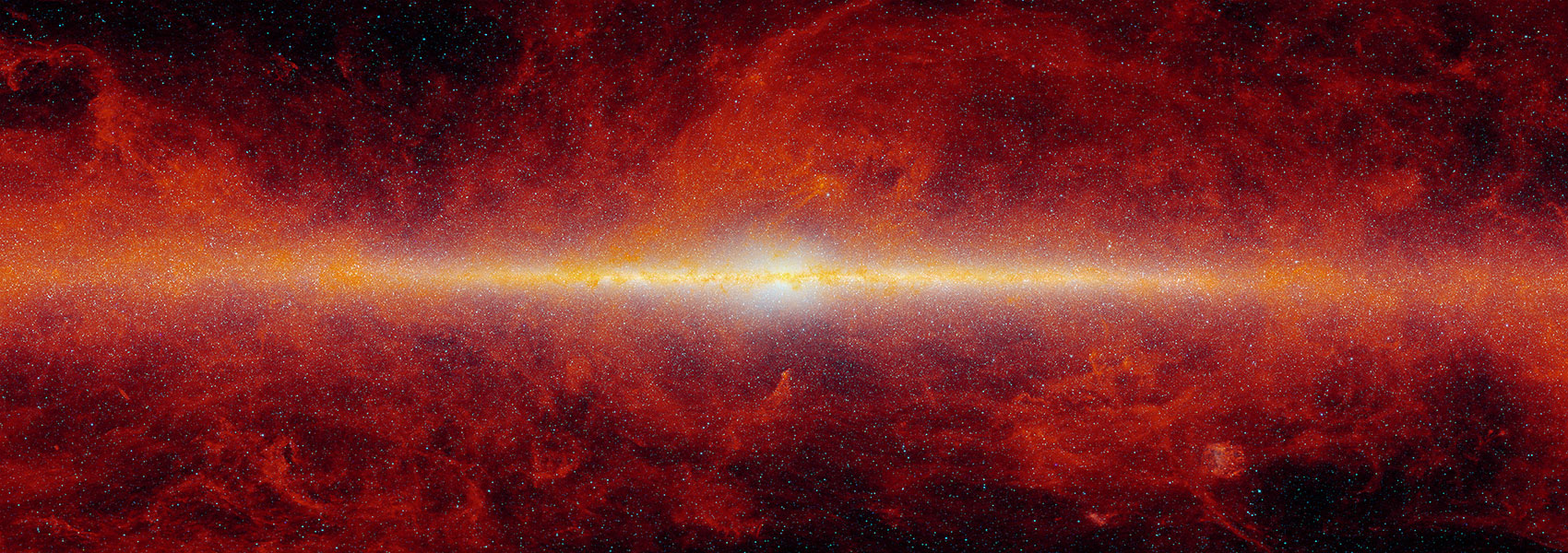
JWST/MIRI Observations of Newly Formed Dust in the Cold, Dense Shell of the Type IIn SN 2005ip
June 2025 • 2025ApJ...985..262S
Abstract • Dust from core-collapse supernovae (CCSNe), specifically Type IIP supernovae (SNe IIP), has been suggested to be a significant source of the dust observed in high-redshift galaxies. CCSNe eject large amounts of newly formed heavy elements, which can condense into dust grains in the cooling ejecta. However, infrared (IR) observations of typical CCSNe generally measure dust masses that are too small to account for the dust production needed at high redshifts. Type IIn SNe (SNe IIn), classified by their dense circumstellar medium, are also known to exhibit strong IR emission from warm dust, but the dust origin and heating mechanism have generally remained unconstrained because of limited observational capabilities in the mid-IR (MIR). Here, we present a JWST/MIRI Medium Resolution Spectrograph spectrum of the SN IIn SN 2005ip nearly 17 yr post-explosion. The SN IIn SN 2005ip is one of the longest-lasting and most well-studied SNe observed to date. Combined with a Spitzer MIR spectrum of SN 2005ip obtained in 2008, this data set provides a rare 15 yr baseline, allowing for a unique investigation of the evolution of dust. The JWST spectrum shows the emergence of an optically thin silicate dust component (≳0.08 M⊙) that is either not present or more compact/optically thick in the earlier Spitzer spectrum. Our analysis shows that this dust is likely newly formed in the cold, dense shell (CDS), between the forward and reverse shocks, and was not preexisting at the time of the explosion. There is also a smaller mass of carbonaceous dust (≳0.005 M⊙) in the ejecta. These observations provide new insights into the role of SN dust production, particularly within the CDS, and its potential contribution to the rapid dust enrichment of the early Universe.
Links
- PREPRINT http://arxiv.org/abs/2410.09142
- NED https://ned.ipac.caltech.edu/uri/NED::InRefcode/2025ApJ...985..262S
- ELECTR https://doi.org/10.3847/1538-4357/adce77
- SIMBAD https://simbad.u-strasbg.fr/simbad/sim-ref?querymethod=bib&simbo=on&submit=submit+bibcode&bibcode=2025ApJ...985..262S
- PDF https://iopscience.iop.org/article/10.3847/1538-4357/adce77/pdf
- DATA https://archive.stsci.edu/mastbibref.php?bibcode=2025ApJ...985..262S
- DATA https://doi.org/10.17909/q96n-2296


